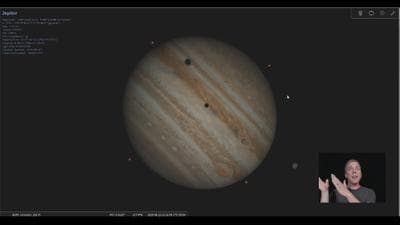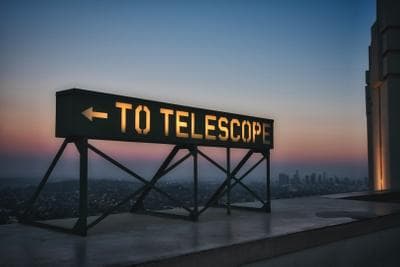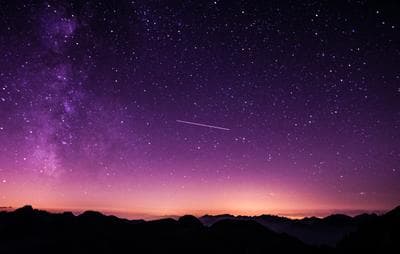
Eyes on the Sky
with David Fuller
with David Fuller
Astronomy Articles
Jupiter in 2020
David Fuller — July 16, 2020Jupiter isn't just the largest planet in our solar system - it is also the planet that appears largest in our telescopes. And yet... it still looks VERY small. How to tease out the most detail? What can you see? And it's possible to see moon shadows?!? (Hint: Yes!)About "Budget" Telescopes - A Bit of a Rant at Telescope Snobs
David Fuller — May 19, 2020Can I vent a frustration? This is a long semi-rant, and truly, I'm really not trying to start an argument (though it might, truly that's not the intention). Rather, I hope I can get people to think a little about how to better encourage people with minimal astronomy budgets, especially when it comes to discouraging comments I've read about the very low end budget telescopes.There is No Perfect Telescope
David Fuller — May 19, 2020Something I see regularly on astronomy forums and on social media - and a question I get in person a lot - is the question: "What telescope should I get?" I often begin by pointing out that there is NO PERFECT TELESCOPE. Yes, the Hubble Space Telescope is amazing, but 1) you can't use it and 2) it's expensive. So unless you can afford to put your own space telescope up in space, it's not a perfect option, because cost is a factor.The Lyrid Meteor Shower Produces 100's Per Hour
David Fuller — April 20, 2020One of the things I really try to do well with Eyes on the Sky is share good, factual information about what can be seen well in the night sky, by most amateurs. Are there a lot of faint things that could be seen that I overlook? Yes. Are there are lot of not-so-great things that get hyped by some media sources of people looking to boost their views or clicks or whatever? Yes also. As such, somewhat frustratingly, I have recently seen one making the rounds with a headline saying unequivocally "We will see 100's of meteors per hours!"The Best Affordable, Beginner Telescope Options
David Fuller — November 21, 2018This article takes the potential telescope buyer through the process of understanding some of the more important aspects of purchasing the right telescope by focusing their decisions by asking the right quesions, all while taking into account the budget component as well.




